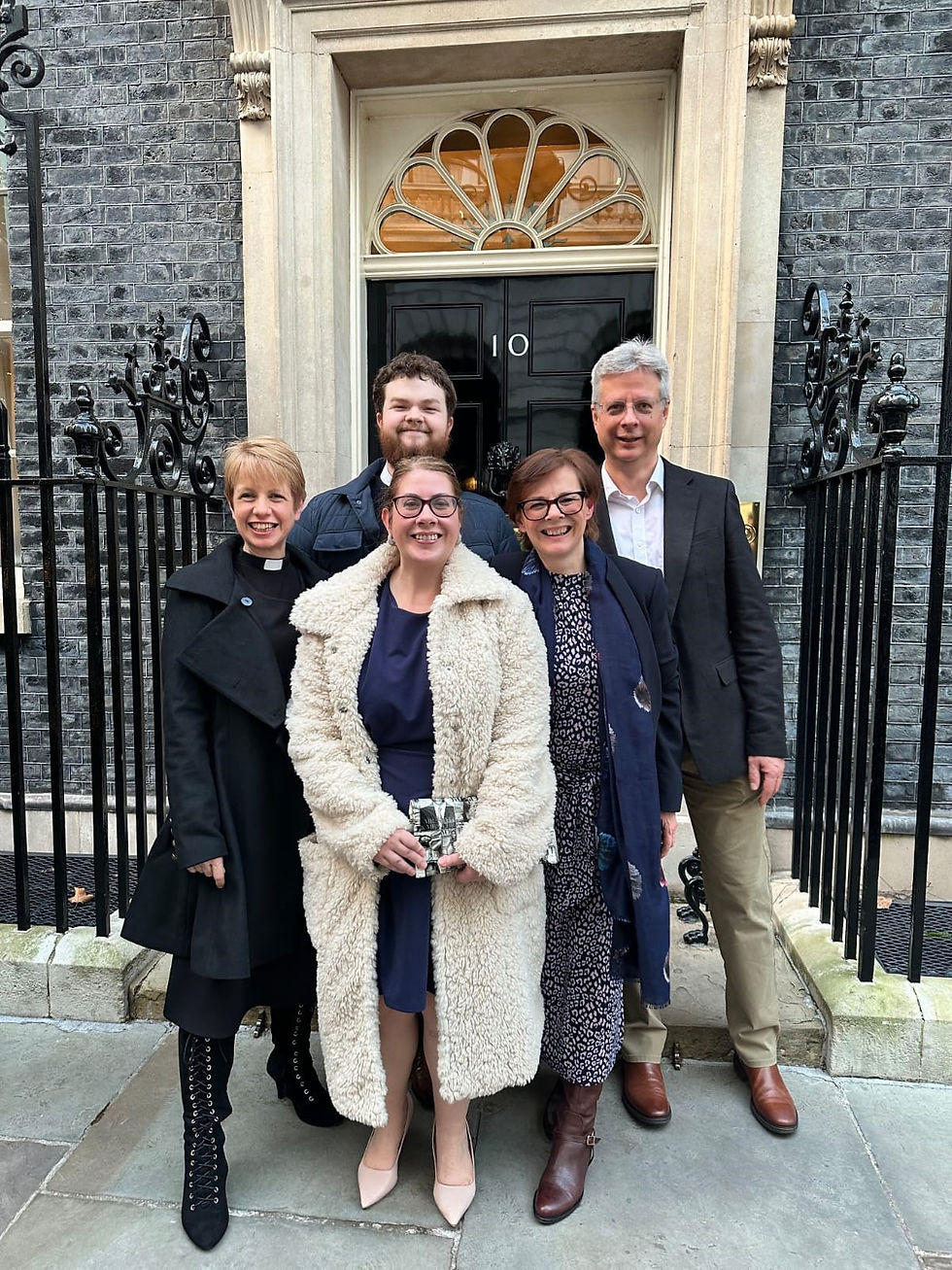Sponsored Bike 'n Hike
- office3416
- Sep 14, 2022
- 4 min read

A place of worship is a specially designed structure or space where individuals or a group of people such as a congregation can come to perform acts of devotion, veneration or religious study. Churches, temples, mosques and synagogues are examples of structures created for worship. Religious architecture expresses the religious beliefs, aesthetic choices, and economic and technological capacity of those who create or adapt it, and so places of worship show great variety depending on time and place.
The word church derives from the Greek “ekklesia”, meaning the called-out ones, and its original meaning referred to the body of believers or the body of Christ. The word “church” is used to refer to a Christian place of worship by some Christian denominations including Anglicans like ourselves at St Andrews and Catholics. However other Christian denominations, including the Religious Society of Friends and some unitarians, object to the use of the word “church” to refer to a building, as they say this word should be reserved for the body of believers who worship there. Instead, these groups use words such as “Hall” to identify their places of worship or any building in use by them for the purpose of assembly.

On Saturday 10th September 2022, at 9am, we chose to start our walk for the Beds and Herts Historic Churches Trust Sponsored Bike ‘n Hike, at Renhold Baptist Chapel. As we know, places of worship are used by members of faith communities to come together to celebrate life’s big events such as births, weddings and funerals. Due to death of Queen Elizabeth II a couple of days before, our walk this year took on a sombre mood as many more of the places we stopped at were open so people could pay their respects, pray, reflect, light candles and write messages of condolence. The Queen was a devout Christian, who devoted her life to public service and sought unity among all British communities no matter their faith and beliefs. During her reign of over seven decades, the United Kingdom saw itself transformed into a multicultural and multi-faith society. As a consequence of this, we decided that we would not only visit churches and chapels that had officially registered on this event, but also walk via other places of worship as well as sites which used to house places of worship but whose function had now changed for whatever reason.
As well as providing a place of solace and comfort, places of worship often play vital roles in assisting others in their communities. We saw food banks, information about mission and outreach projects, spaces to talk problems through and places to chat and get refreshment. Unfortunately, we were too early for bacon butties at All Saints Church, Renhold but we were extremely grateful for the warming cup of tea at St Martin's, Clapham Road after we got caught in the one and only rain shower during the walk. Thank you to all those that offered us drinks, biscuits, cake and fruit to keep us going as well as much needed toilet breaks.
Some of the churches that were officially taking part in this event were closed, but registration sheets were left to sign alongside messages of apology and good wishes for a safe journey. It was also lovely to chat with those who were manning the registration desks e.g., learning about how they are progressing with their new garden at the Quaker Meeting House on Lansdowne Road, the history of the Bunyan Meeting House on Mill Street or activities taking place at Priory Methodist Church on Newnham Avenue.
We finished our walk just before 5pm at St Mary the Virgin, Goldington, having covered 35.5 kilometres which is just over 22 miles. Our route took us via 35 Christian places of worship, of which 18 were officially registered as taking part, plus 1 Sikh Gurdwara, 1 Muslim Mosque and 4 churches and chapels that had now new purposes such as a theatre, nightclub or archaeological centre. That’s a total of 41!
Thank you to everyone that has already sponsored us, and you can still sponsor us if you haven’t already and you wish to do so. Half the money we raise for the Trust enables them to continue to give grants to churches and chapels for the care and repair of their buildings. The other half of the money which we raise, will come back to St Andrew's and this year we would like it to go towards the “Stewardship” strand of our new vision: towards a creation project as we at St Andrews work towards achieving the Gold Eco-church award. Our church building over the last 100 years has changed, and it will continue to change and evolve as we think about all the ways that, as a community and as individuals, we can respond to our call to care for all of God’s creation. Alongside looking at such things as solar panels and our usage of gas, electricity and water across our church centre, we are hoping to offer a “Warm Room” at St Andrew’s this winter – a place of warmth and refuge as the cost-of-living crisis deepens.
We would appreciate it if sponsorship money could be paid either to Pat Rogers, Julia or David Routledge or given in to the church office, by the end of October 2022. Thank you for all your support this year. Perhaps you could join in this event in 2023, if not hiking, then maybe cycling or even driving around the numerous churches and chapels within Bedfordshire and Hertfordshire.
Julia and David Routledge







Comments